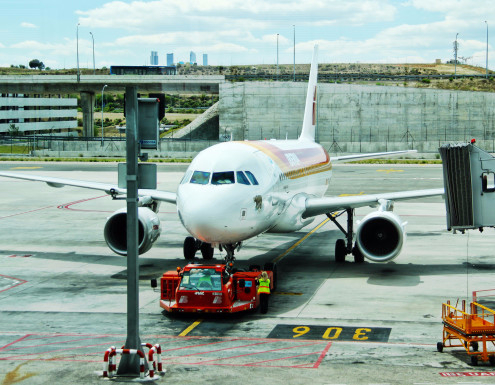Over two years ago I wrote a post about flying with your musical instrument. At that time a new law had been passed detailing what US airlines were required to do when a musician wanted to board with their instrument, but it was not actually going into effect for two years!
I’m happy to announce this rule has been finalized. This has not immediately stopped musicians from being hassled from what I’ve seen on Twitter, but I suggest that in addition to the tips about which I wrote previously you also print out and carry with you the finalized rule and a TL:DR summary:
A summary of it in plain English
If you have a problem with the gate attendant show them the printouts and request to speak with a supervisor (who will hopefully set them straight). Also, if you are allowed to pre-choose seating request the rear of the cabin so that you will be boarded first before all the overhead compartments fill up! [EDIT: a violinist friend who flies fairly often notes that not all airlines board rear first, so ask whether you can be part of the “early boarding” group – some carriers will let you do so for an additional fee, or if a member of their frequent flyer club.]


